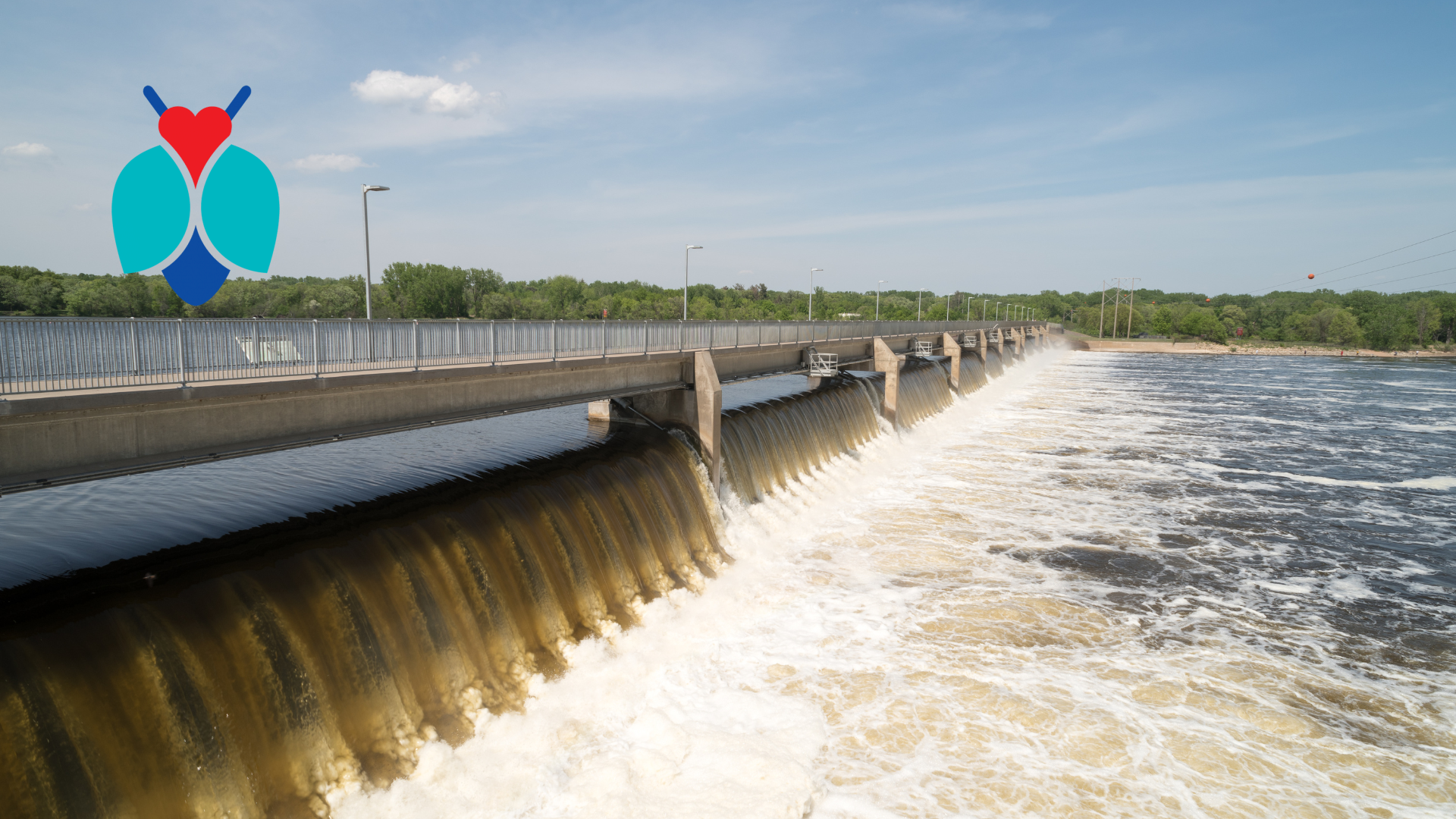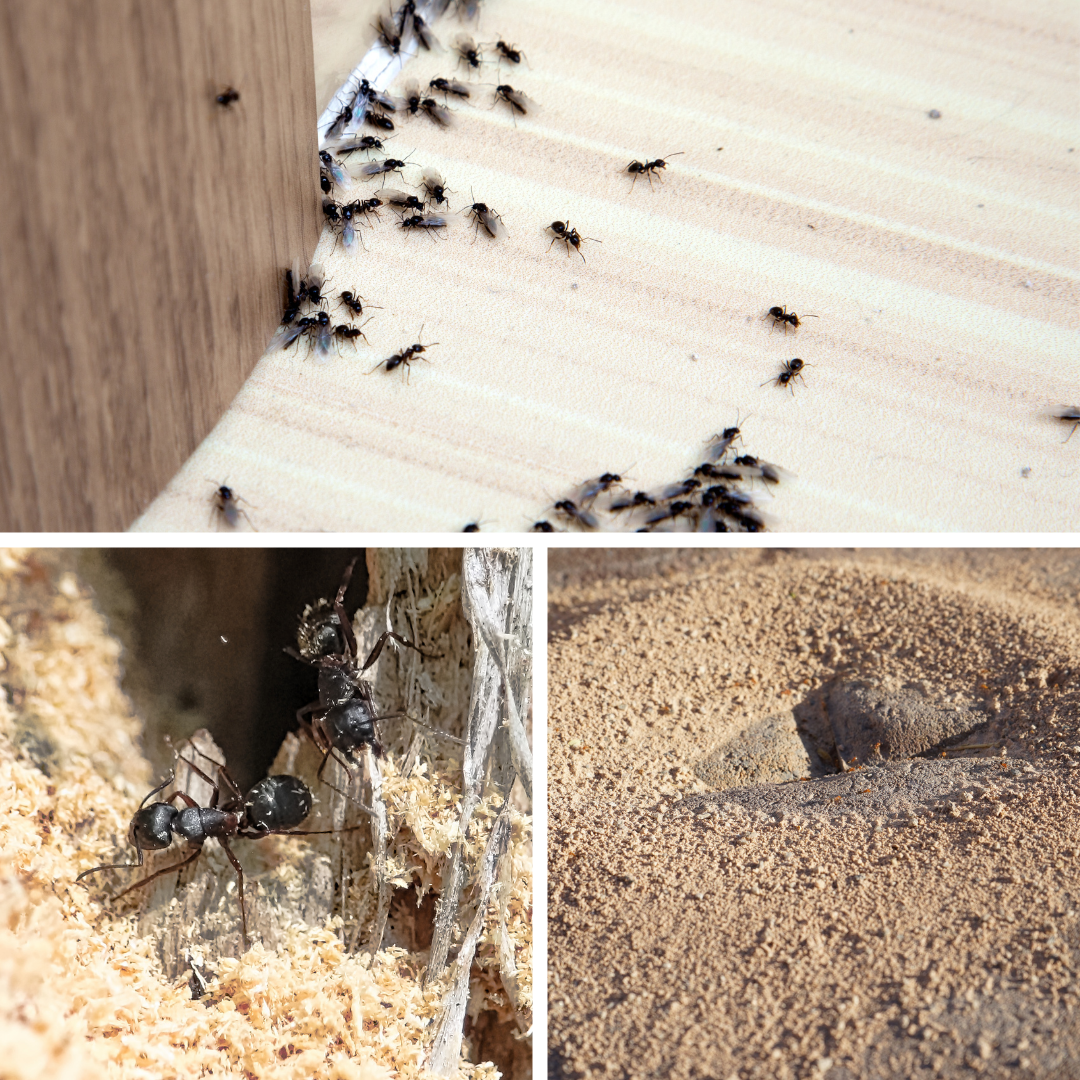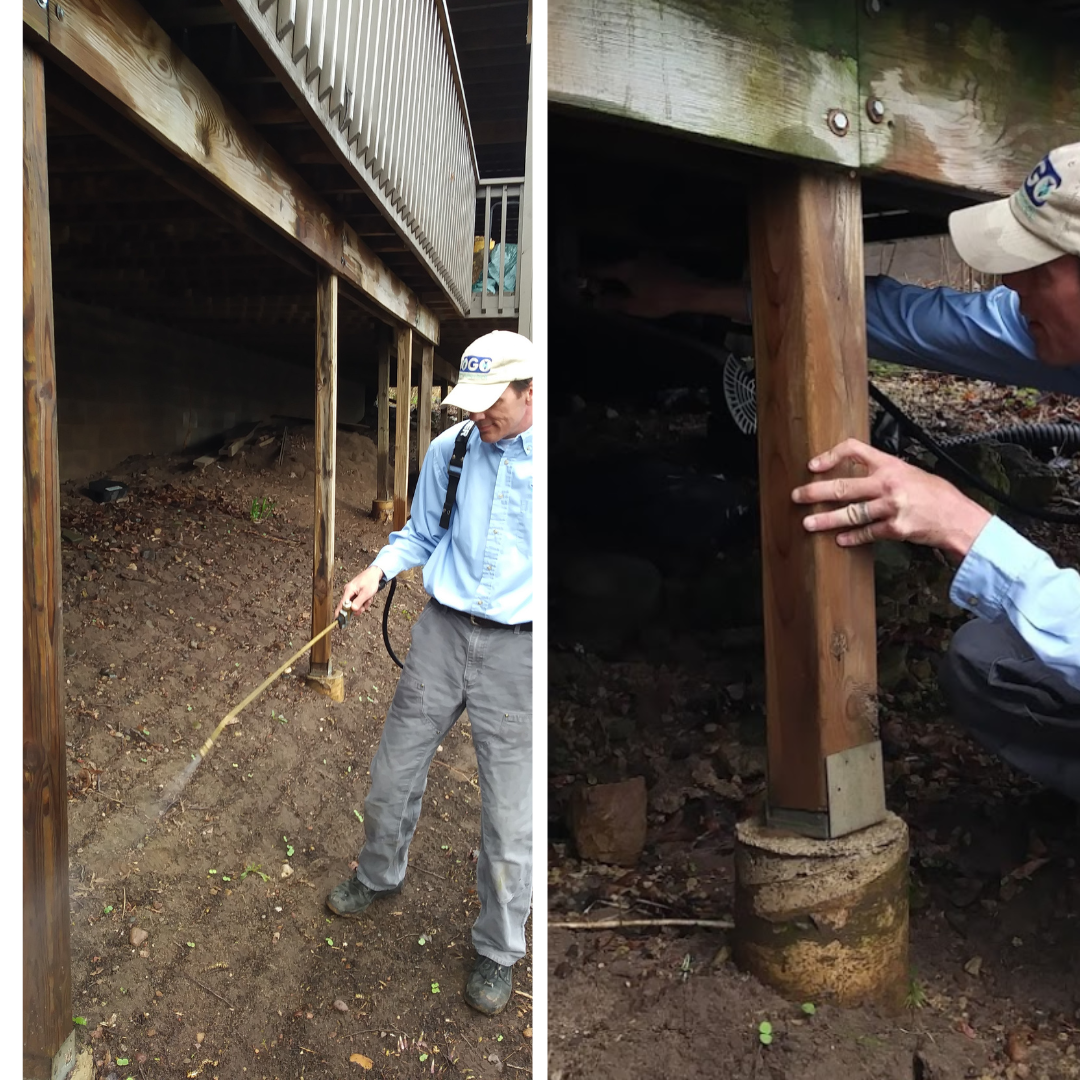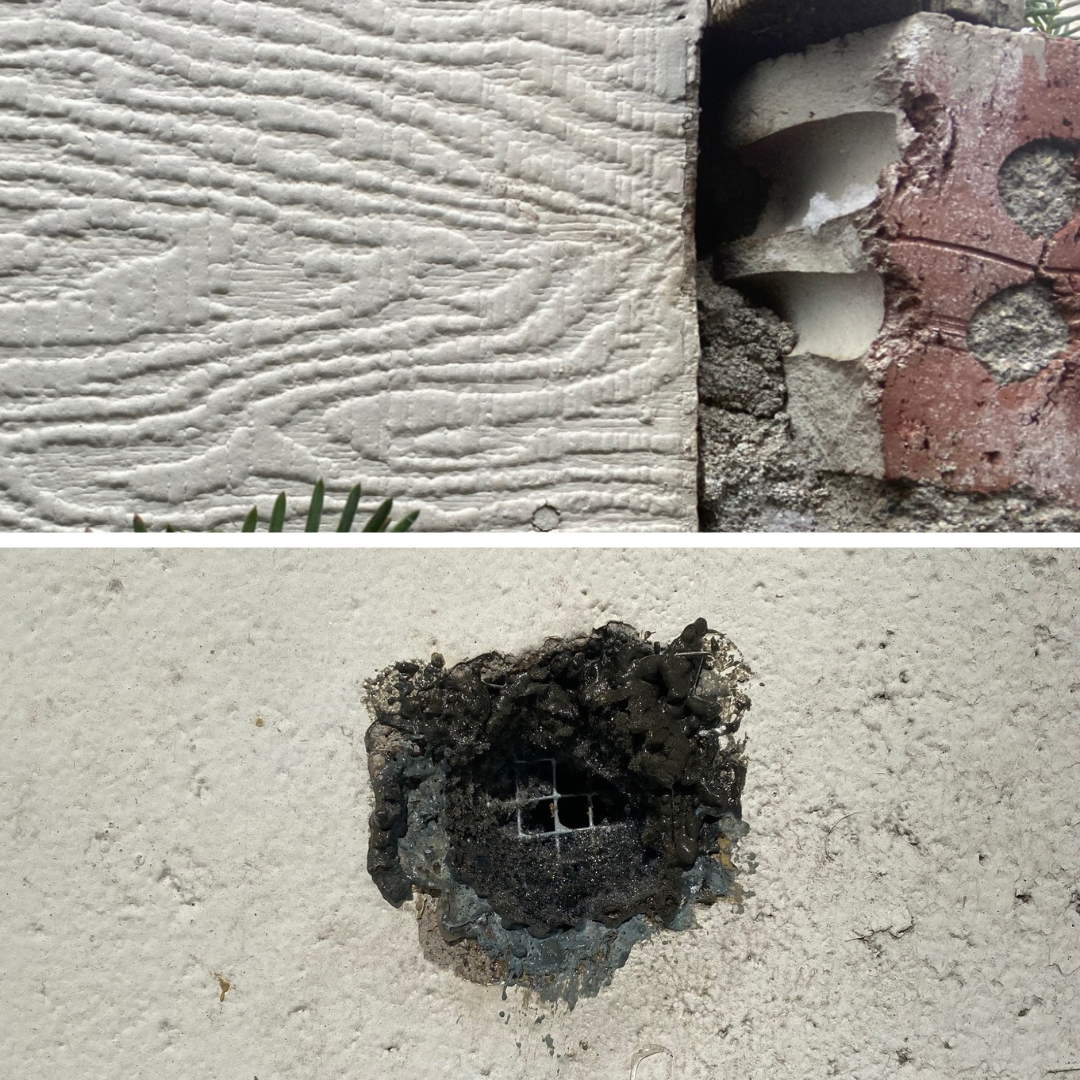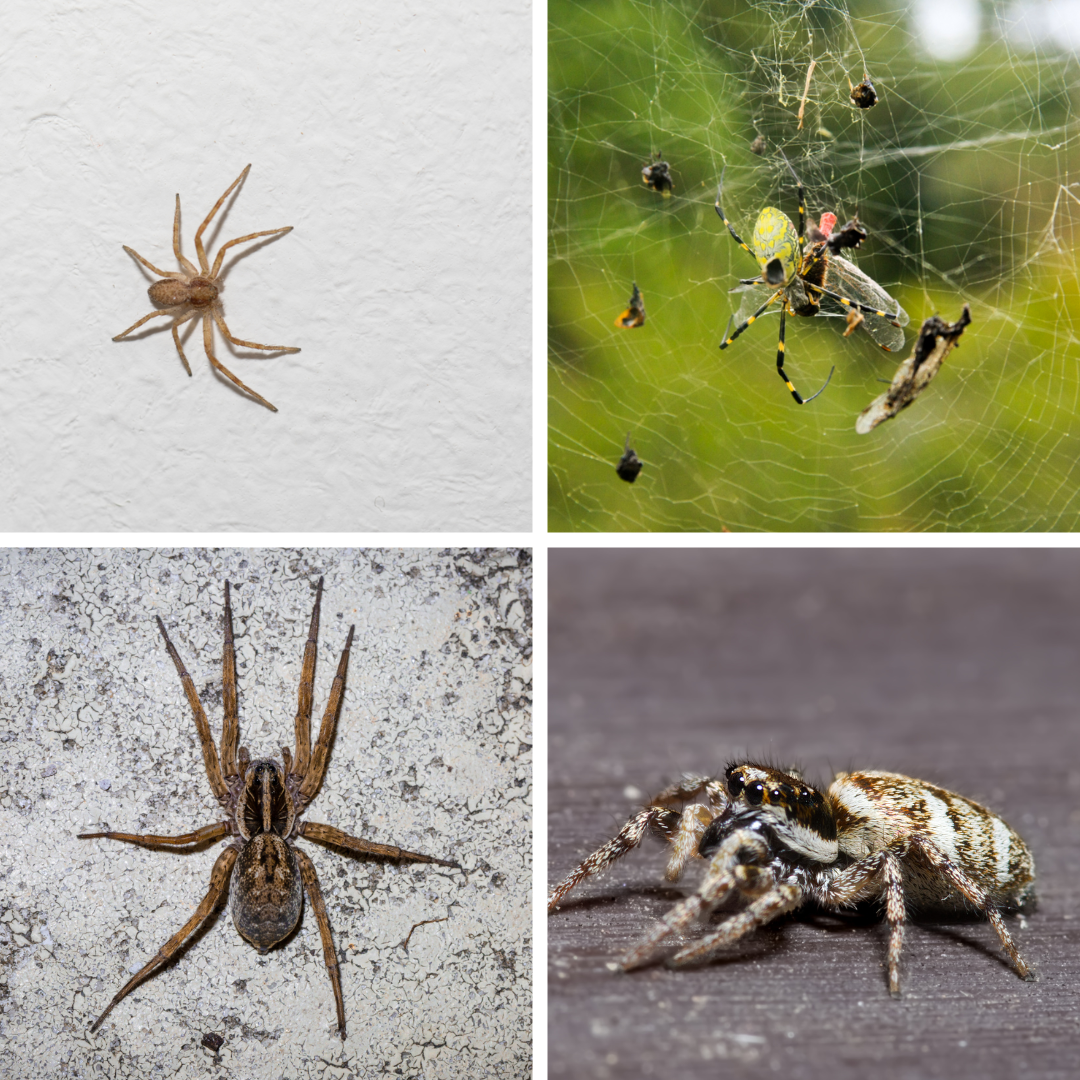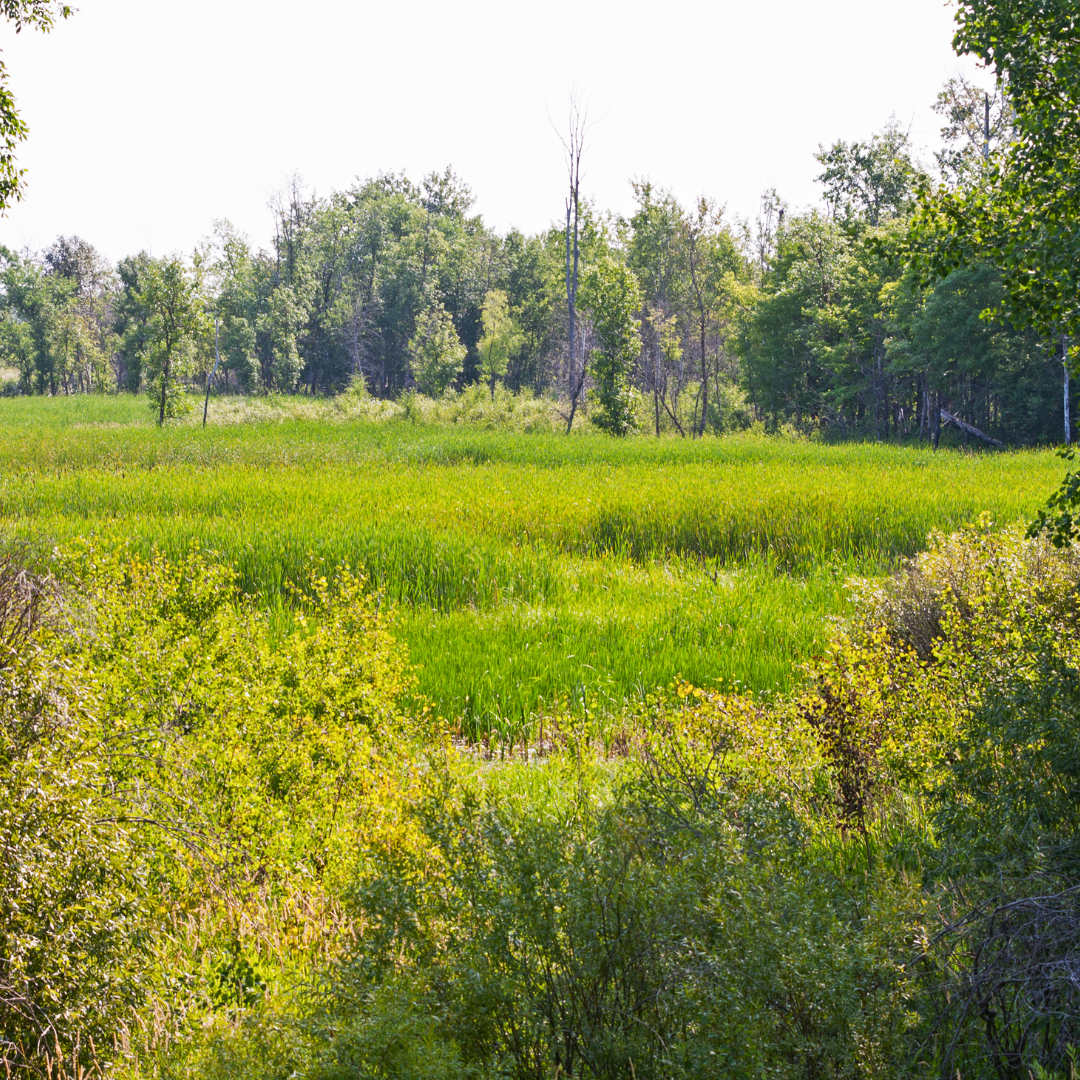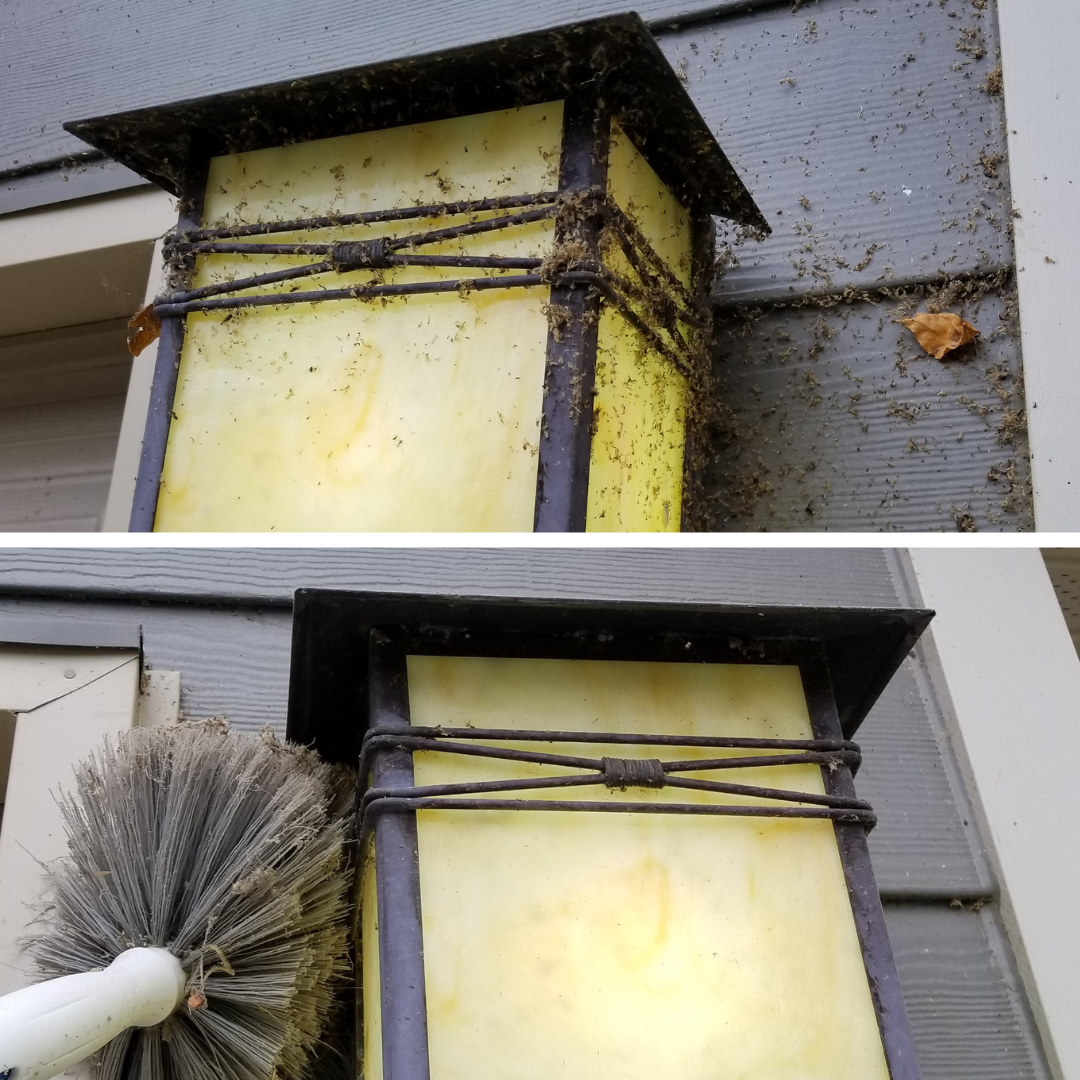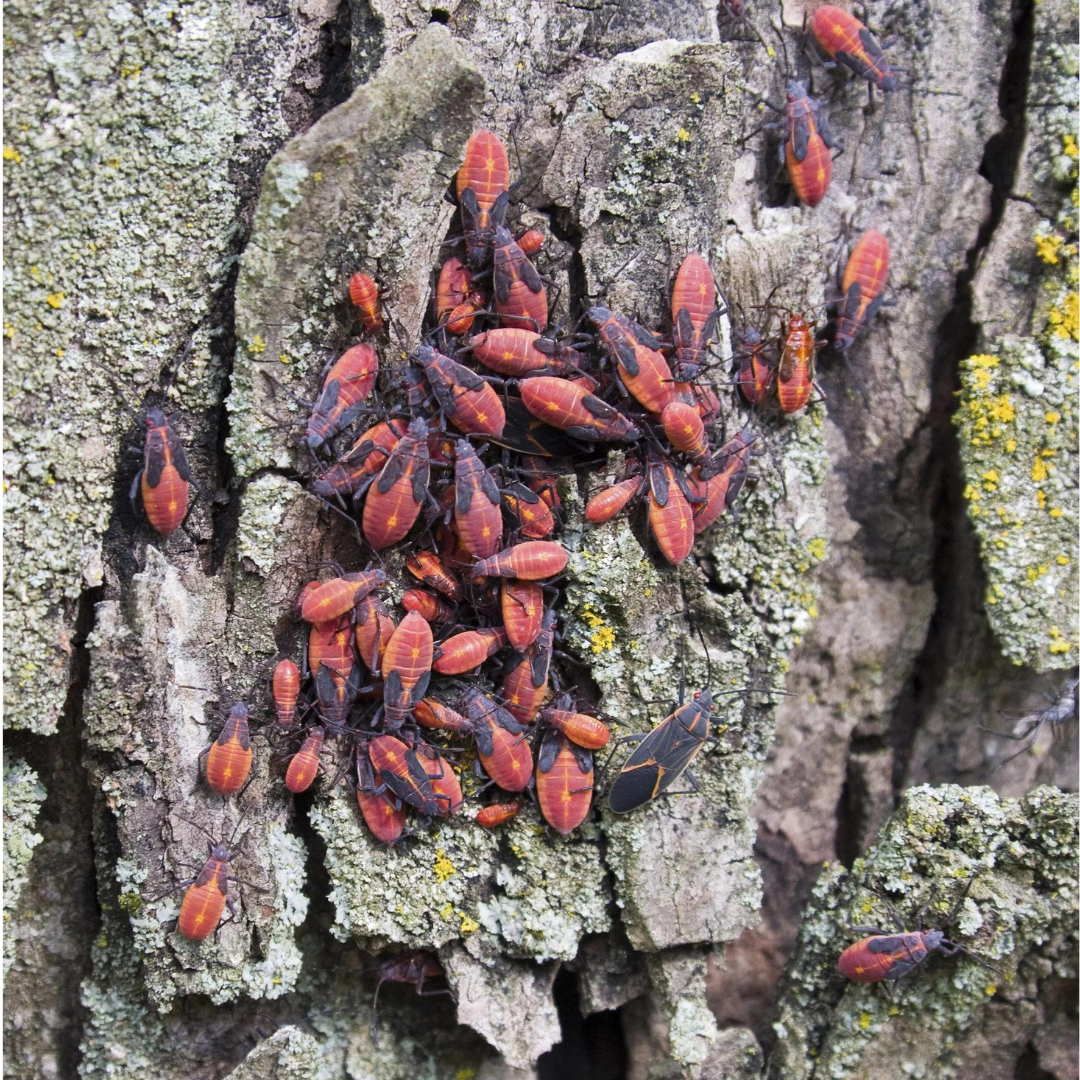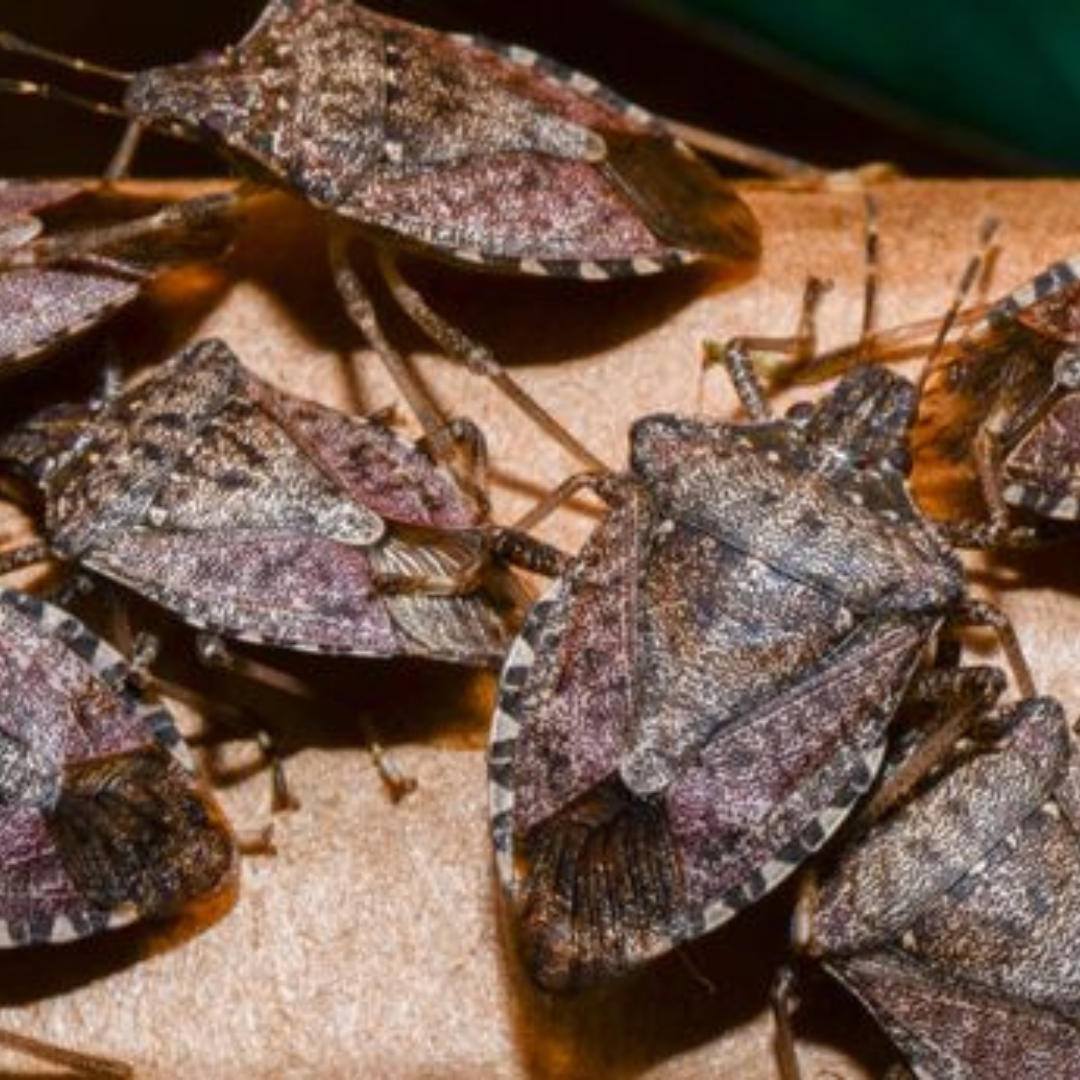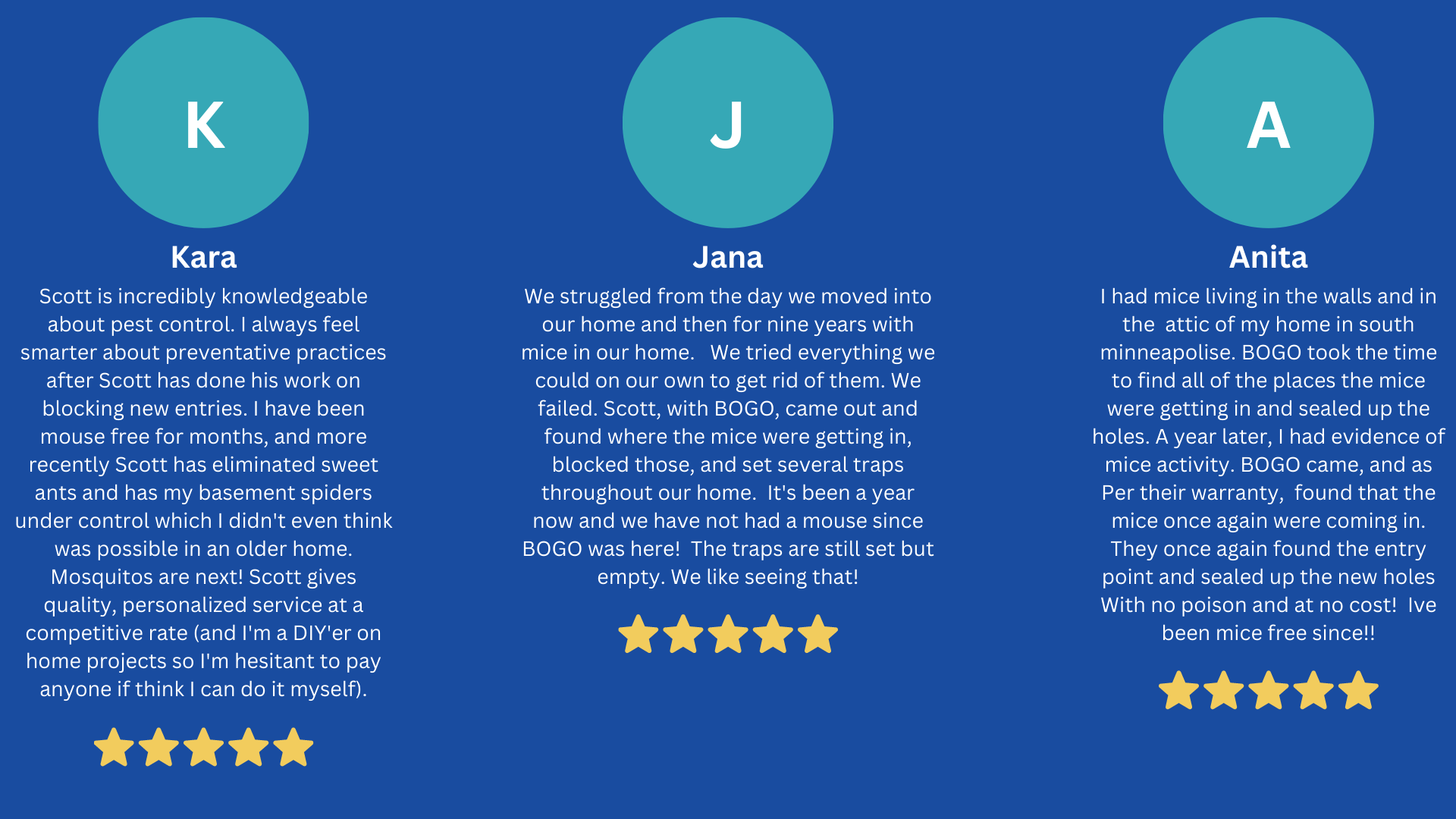Contact BOGO for all your Coon Rapids Minnesota Pest Control Needs.
Coon Rapids is just north of the Twin Cities and has the great Mississippi River going right through it. The Mississippi Gateway Regional Park attracts all kinds of visitors. Including pests and people.
These are the most common pests found in Coon Rapids Minnesota
(Click on a name to keep from scrolling)
To protect your home from all these insects and more our Insect Protection Plan or IPP is the best option
If you have any questions or concerns or would like to schedule an appointment call or send us an email
Call Us Today! 952-404-BOGO (2646)
Share This Page!
Ants in Coon Rapids Minnesota
Ant Behavior
Pavement ants (top) and carpenter ants (bottom left) are the two most common ants in Coon Rapids Minnesota. Pavements are smaller than carpenter ants measuring around 0.3 cm in length versus 0.3-0.5 inches. Both ants can be seen inside foraging for sugary and protein-based foods. They will travel up to 100 yards from their nests to find food. In the colder months, the active ants will shift their diet to only sugary foods to help conserve energy. Ant colonies stop growing their nests in the winter. Since ants use protein to feed their young they no longer have a use for protein foods in the winter. Surgery foods help them conserve energy and help individual ants have a better chance of survival during the extreme Minnesota cold.
Ant Service
Our ant service uses products designed to kill the ants above ground and the colony of ants living underground. The products you can buy to kill ants at your department store will only affect the ants above ground. These ants only make up 10% of the colony. The rest stay in the ground. Many people believe that by seeing dead ants their ant problem is getting solved. Instead, this can backfire and make the ant problem worse. As fewer ants return to their nest the colony will react as if they are in danger and start budding. Budding is when several worker ants will take some eggs, larvae, and pupa to start building a new nest in a different location. They do this to help their colony survive when they realize that one of their nests is in danger. This doubles the size of the initial colony and can make homeowners see more than twice as many ants inside their homes.
Click below to learn about our ant service
To learn more about ants visit our Minnesota ant identification page
Mice in Coon Rapids Minnesota
Mouse Behavior
Mice in Coon Rapids Minnesota have 2 jobs that they do all year. One job is foraging and hoarding food for the winter. They forage for food inside their group’s territory. Most mice have a designated territory stretching 30 feet from their nest. The second job mice have is to breed. Unlike other animals that have designated breeding seasons mice do not. They also do not hibernate. So as long as they find a place to stay warm they will continue to have multiple litters a year. Mice are capable of having 10 litters a year. While mice are moving in and out of their nests inside they leave scent trails. These scent trails are used as an invisible road leading back to their nest. They can be seen on the foundation and stucco and brick homes next to entry points. Mice are very good climbers and will follow each other’s scent to lead them inside an attic. Over time if the same entry point is used repeatedly it becomes visible to us and turns into a rub mark. The rub mark is a smudge of mouse urine, mud, and grease.
Mouse Service
Most of the pest control industry does not follow the science behind the behavior of mice to solve the problem. Instead, they scare and lie to customers to take advantage of them and make them sign yearly contracts. Our company offers a mouse service that is designed to be a one-and-done service. We don’t want our customers to have to ever deal with mice again. Now we know we aren’t perfect so we back up our service with a 2-year or 2-visit 2-year warranty. The materials we use, the knowledge our techs have, and our honesty make our mouse service the best in Coon Rapids and the Twin Cities. Each home is built differently so we are honest with our customers about limitations that deter us from solving a mouse problem. Other pest control companies are taught to leave openings around the home. This will give them a reason to come back every month to earn a monthly revenue.
Click below to learn more about BOGO’s signature mouse service
To learn more about mice and their behavior visit our mouse identification page
Wasps in Coon Rapids Minnesota
Paper Wasps
Paper wasps are easily identifiable by their unique papery nests. They do not build an outer layer around their nests. This means the hexagonal pattern that is inside every wasp nest is visible from the outside. These hexagonal cells are used to hold the larva and pupa. It takes around 3 weeks for the larva to eventually turn into a worker wasp. The worker then starts foraging right away. Their nests are relatively small compared to other social wasps. Their nest grows to have 20-75 worker wasps by the end of the summer. Some wasps forage for food and others forage for nesting material. Their diets include; insects, nectar, and pollen. They find their nesting material by chewing on dried-out wood and mixing it with their saliva. This creates the paper material that a paper wasp nest is made out of.
Yellow Jackets
Yellow jackets look similar to paper wasps but are slightly smaller. They vary between 0.5-0.75 inches. Paper wasps are 1 inch long. They are also much more aggressive than paper wasps. Their nests grow to have between 1,000-4,000 workers by the end of the summer. Each nest is rebuilt every spring and can be found in various places. Some yellow jackets build papery spherical nests that are hanging from trees or man-made structures. Other wasps move into previously used rodent tunnels in the ground. These nests can be especially difficult to find. No matter where the nest is located it is highly recommended that a professional pest control technician is called to treat it safely and effectively.
Wasp Service
Our wasp service is highly recommended for wasp nests where the number of wasps living inside is not visible. This could mean it’s enclosed inside an outer papery layer, inside some type of man-made structure or a tree. Over-the-counter products will not affect any of these wasp nests. There are many reasons why it’s a bad idea to attempt to eradicate the nest yourself. Over-the-counter products kill the wasps on contact which means the only wasps that will come in contact with it are wasps that fly in and out of the nest. Our product doesn’t kill the wasps right away instead it lets the foraging wasps carry it back inside the nest and spread it with the rest of the colony. It should take around 2 weeks to kill the entire wasp colony.
Click below to learn more about our wasp service
To learn more about wasps and bees visit our identification page
Spiders in Coon Rapids Minnesota
Spider Behavior
Spiders may scare people but they have lived on this planet much longer than humans have. Without spiders, insects that carry diseases and eat plants would run rampant in our ecosystems. Spiders eat ticks, mosquitos, moths, caterpillars, and aphids that damage crops. There are different ways in which spiders catch their prey. Some of them build webs to catch their prey inside and some hunt for their prey. Some of the most common web-building spiders in Minnesota are the common house spider (top left), the garden spider (top right), and the harvestmen spider (aka daddy longlegs). Out of the hunting spiders, the most common are the wolf spider (bottom left), the jumping spider (bottom right), and the sac spider.
Spider Habitat
Since spiders eat insects to stay alive they prefer living in habitats with high insect populations. These habitats often correlate with being close to a body of water. Whether it’s a lake, river, or a swamp. Insects like mosquitoes, ticks, and flies flourish in these environments. Forests are another environment that has an abundance of insects. Many insects take part in breaking down organic plant matter such as leaf litter. For this reason, homes that have piles of leaf litter around the foundation or inside basement gully windows attract insects and spiders. Keeping the outdoor lawn clean is just as important as keeping the inside of the home clean. Spiders flourish in homes with clutter and will build nests under furniture and may even lay eggs inside.
Spider Service
Depending on the location of the home. Whether it’s near a wooded area or a body of water one spider service will not be enough. To keep up with the spider population on the home and inside the home we may need to reapply every 2 months. Our product we use sticks to the exterior of the home and will stay effective for 2 months rain or shine. Spiders can repopulate an area quickly since one egg sac can hatch out hundreds of baby spiders. This is why during our service we first focus on knocking down any cobwebs on the exterior of the home. This also allows the spiders to move around more and are more likely to cross over our product and die. Interior treatments are not as important as exterior treatments. Most spiders that are inside came in from the outside. Doing one interior treatment a year will make a noticeable difference.
Click below to learn more about our Spider Service
To learn more about spiders read our blog “We Love Living Near Woods and Water and so do Spiders!”
Boxelder Bugs and Stink Bugs in Coon Rapids Minnesota
Boxelder Bugs
Boxelder bugs live inside female boxelder trees in the spring and summer. When living on trees they mate with each other and lay eggs on the bark, branches, and leaves. When the eggs hatch out the young nymphs feed on the helicopter seeds before they learn how to fly. Adult boxelder bugs also feed on the helicopter seeds but because they can fly they also feed on fruits and grasses. In the fall when the temperatures start to drop and food becomes less plentiful, the bugs start looking for places to overwinter. Many homes and buildings can see swarms of them landing on their siding, especially along south-facing walls that are heated by the sun. Once inside for the winter they do not mate or lay eggs. The best way to kill them when you see them inside is to use a vacuum.
Stink Bugs
Stink bugs came to North America in the 1990s. They came from eastern Asia from countries such as China, Japan, and Taiwan. They speculate that the bugs hitchhiked their way inside shipping containers. The first stink bug that was seen in Minnesota was in 2010. Since 2010 they have become major fall pests. They come in swarms in search of places to overwinter. Many stink bugs lay dormant inside attics or walls. During certain sunny days in the winter the dormant bugs warm up enough to move around and often are crawling near windows, vents, or chimneys. In the spring the bugs leave their overwintering homes in search of plants to mate on and lay eggs on. They often live inside agricultural fields feeding on different crops. Some of the most notable are; tomatoes, sweet corn, grapes, and apples.
Boxelder Bug and Stink Bug Service
Our boxelder bug and stink bug service is our most popular service. The number of bugs that can be seen landing on people’s homes can look like something out of a horror movie. It’s good to know they do not cause any structural damage, lay eggs inside, or are aggressive. To allow our service to be the most effective it’s important to apply the treatment at the right time. Applying the product on the exterior of the home before the swarms of bugs start looking for places to overwinter. If the home is already covered in bugs there is a high probability there is already a population of bugs living inside. Our boxelder and stink bug treatment has to be very thorough. Since both bugs can fly they often find their way inside up through vents in the soffits, chimneys, and small cracks in the foundation and siding. For these reasons, we try to cover the majority of the house minus the windows as well as we can. When the product sticks to the surface of the home it stays effective for 2 months.
Click below to learn more about our boxelder/stink bug service
To learn more about boxelder bugs and stink bugs read our blog “Minnesota Fall Pests.”
Ash Tree Service in Coon Rapids Minnesota
Benefits of Treating Your Ash Trees
The emerald ash borer is infecting thousands of ash trees every year. Before deciding on cutting any trees down learn about the benefits that they provide for our health and the environment. Cutting down a well-established ash tree is impossible to replace. Many ash trees in Coon Rapids are 50-100 years old. Some of the health benefits these large trees provide include; lower blood pressure, healthy immune systems, and reduced stress. The environmental benefits are that their leaves remove nitrogen oxides, sulfur dioxides, carbon dioxide, and carbon monoxide from the atmosphere.
Ash Tree Service
Our professional arborist has tested and performed various ash tree treatment options. Each service that was tested had many complications. Some of the most common being that the ash trees weren’t taking up all the product or taking up the product more in more root than another. The service we use has solved these problems. Our service involves drilling multiple injection points around the base of the tree. Each point is individually injected with our product. This makes it possible for each injection point to receive the right amount of product to keep the tree alive. The service needs to be done once every 2 years.
For more information about the emerald ash borer in Coon Rapids Minnesota
Learn more about the benefits of treating your ash trees and about the emerald ash borer
To protect your home from all these insects and more our Insect Protection Plan or IPP is the best option
BOGO Provides Pest Control Services For the Twin Cities and Beyond! Just a Few Cities We Service For Include;
Anoka|Apple Valley|Bloomington|Burnsville|Coon Rapids|Champlin|Chanhassen|Deephaven| Delano|Eagan|Eden Prairie|Edina|Elk River|Excelsior|Golden Valley|Independence|Lino Lakes|Long Lake|Maple Grove|Maple Plain|Medina|Minneapolis| Minnetonka|Minnetrista|Mound|New Brighton|North Oaks|Orono|Prior Lake|Plymouth|Ramsey|Rogers|Shoreview| Shorewood|Stillwater|St. Louis Park|St. Paul|Victoria|White Bear Lake| Wayzata|Woodbury|
If you have any questions or concerns or would like to schedule an appointment call or send us an email
Call Us Today! 952-404-BOGO (2646)



